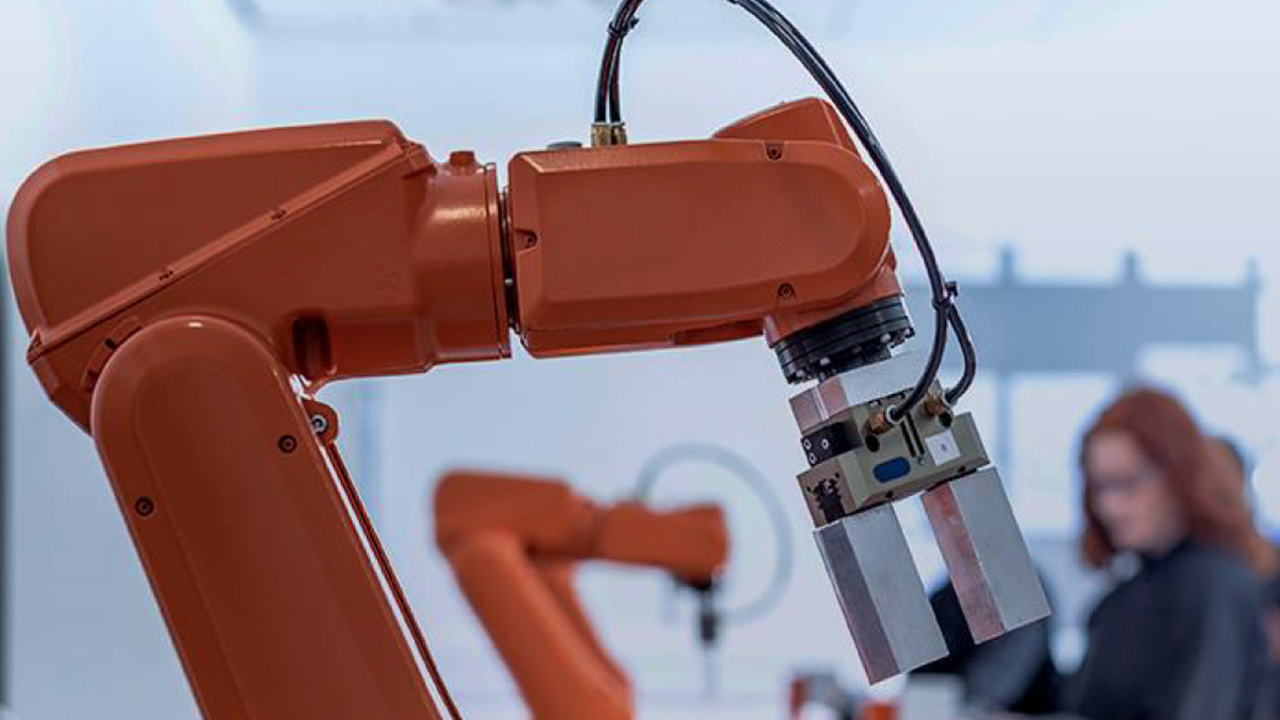
Views on China for 2025 and beyond
The economic backdrop foreseen for the next 12 months suggests that the ongoing market correction will continue through the first half of 2023. In the second half of the year, we expect some of the headwinds to abate due to lower price pressures and a hold on interest rate rises. We believe this will support a gradual shift from a defensive stance, with its tilt towards gold, investment grade credit and government bonds, to increased risk exposure through developed market equity and high-quality credit.



